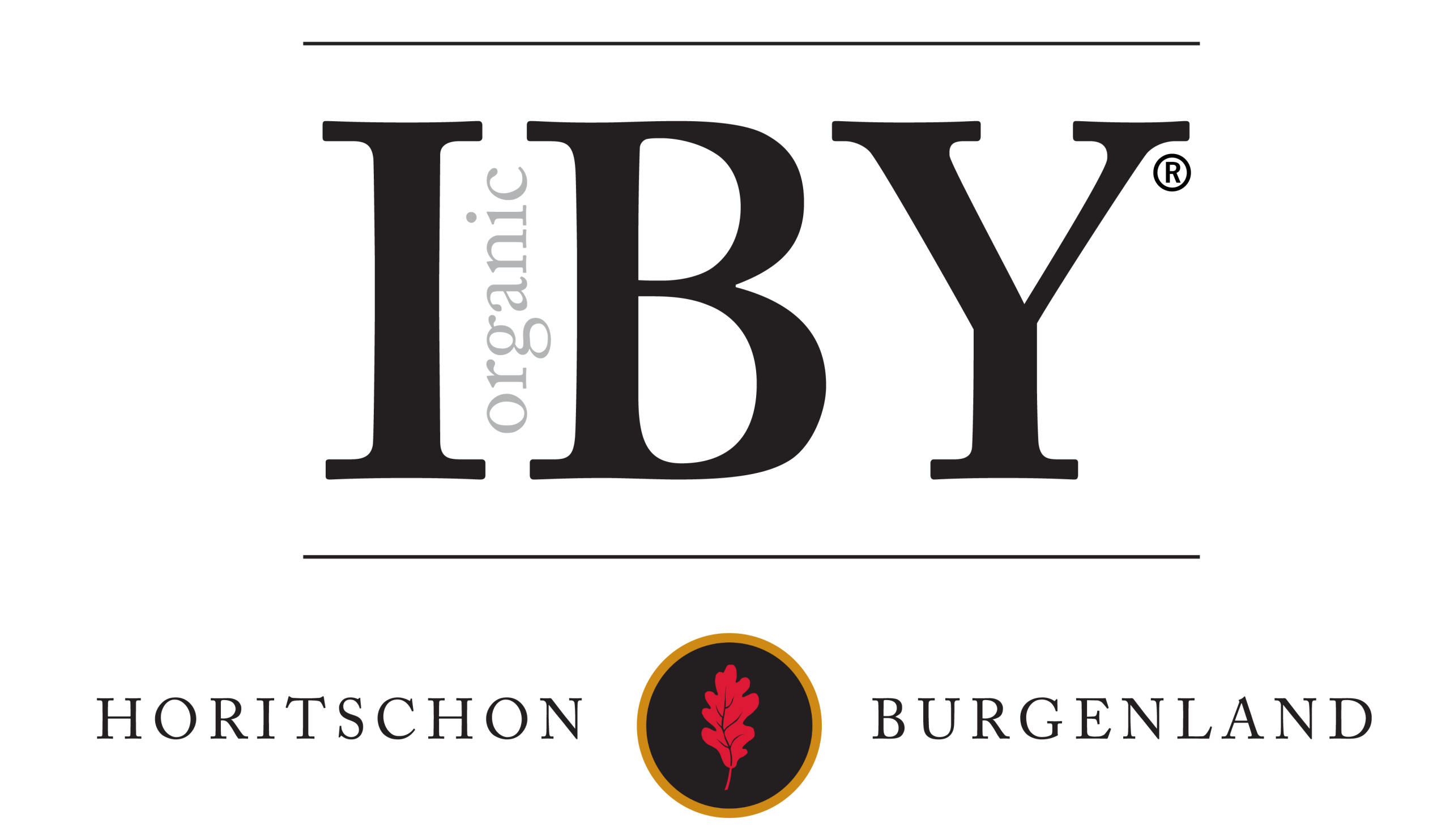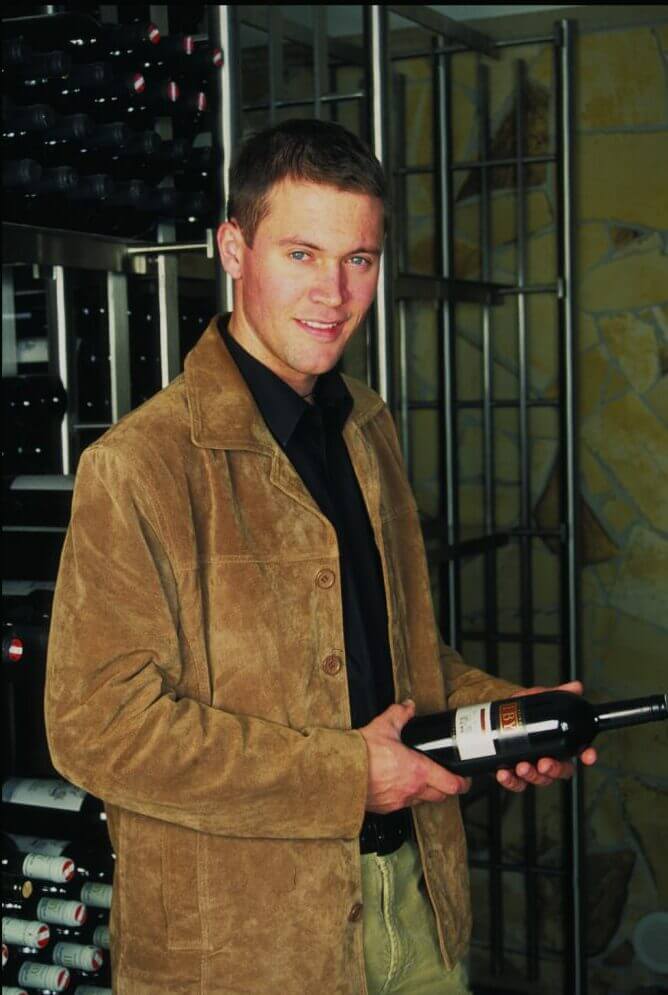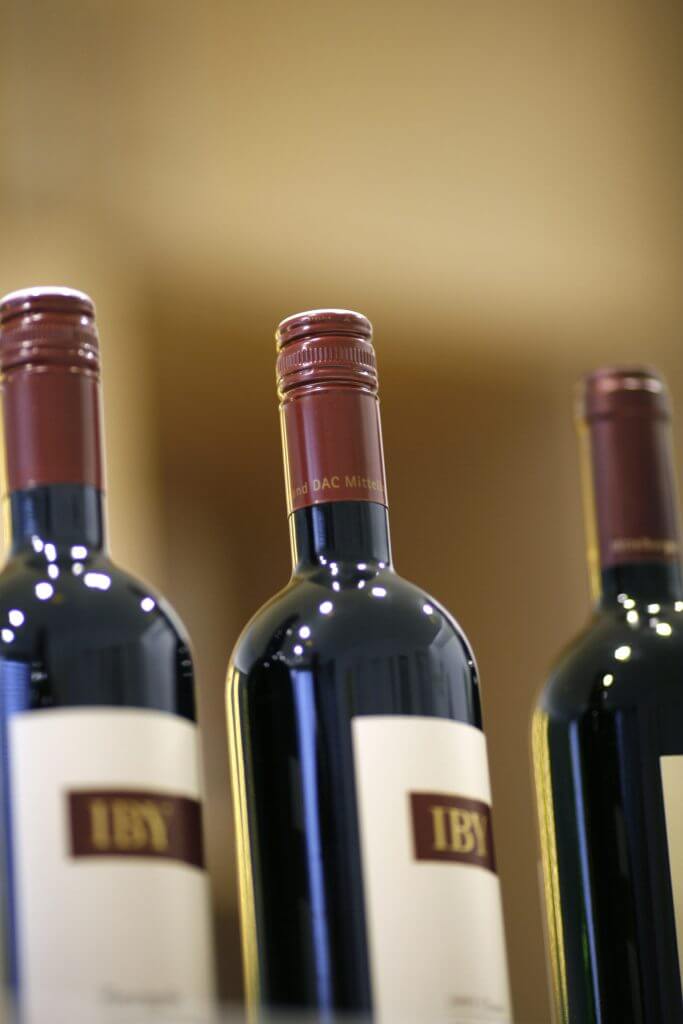The IBY era begins
One of the first winegrowers was Anton Iby, born in 1884 – like Anton I.
His son Anton II, born in 1909, married into the Petschowitsch farmhouse and, together with his wife, Maria Petschowitsch,
two sons, Anton III (1931) and Paul (1933). The IBY red wine estate still stands on this farm property owned by the Petschowitsch family.
Anton Iby II fell victim to World War II in 1944 at the age of just 36.
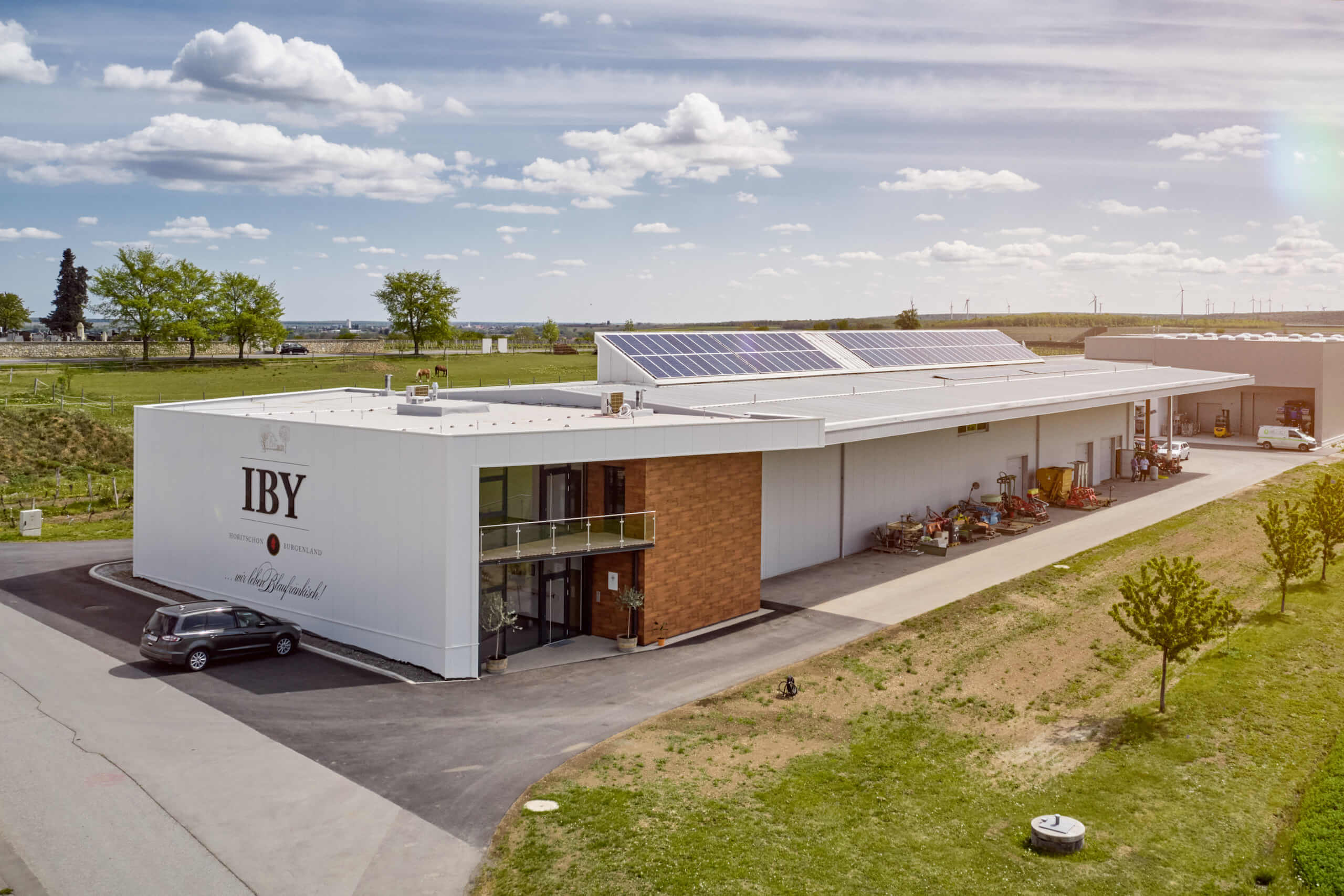
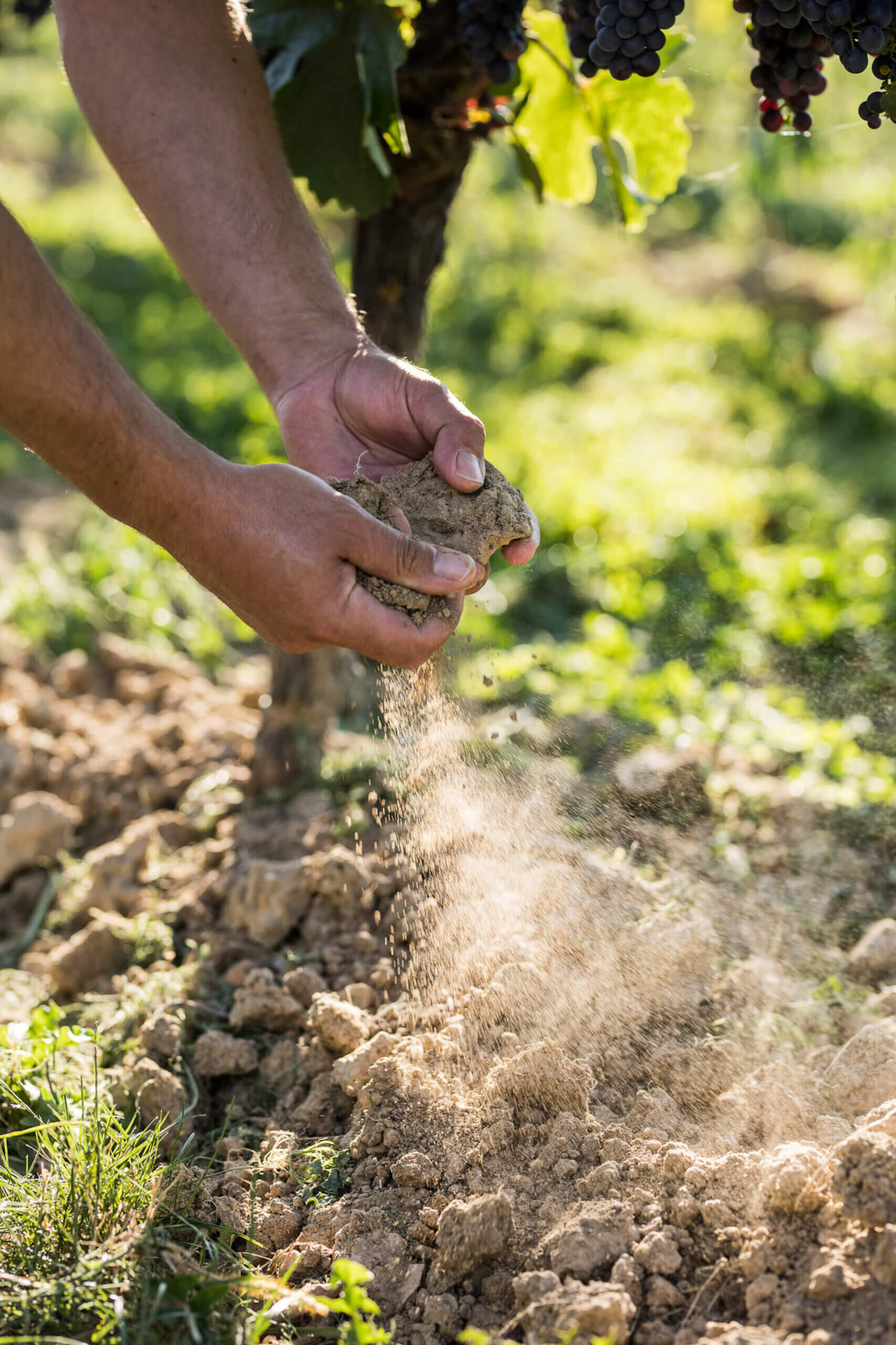
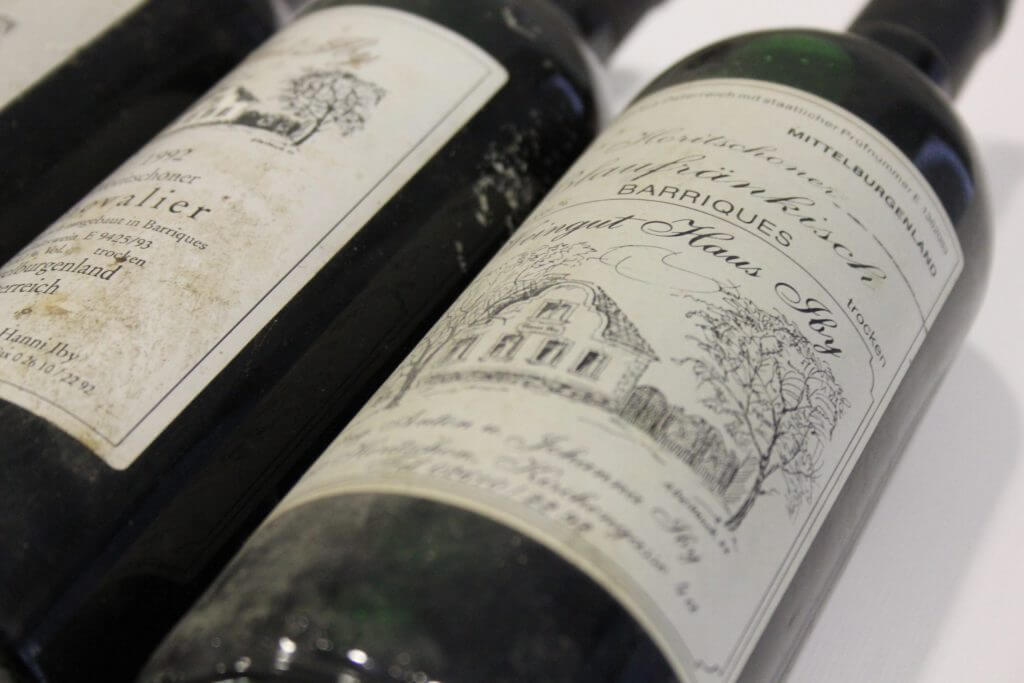
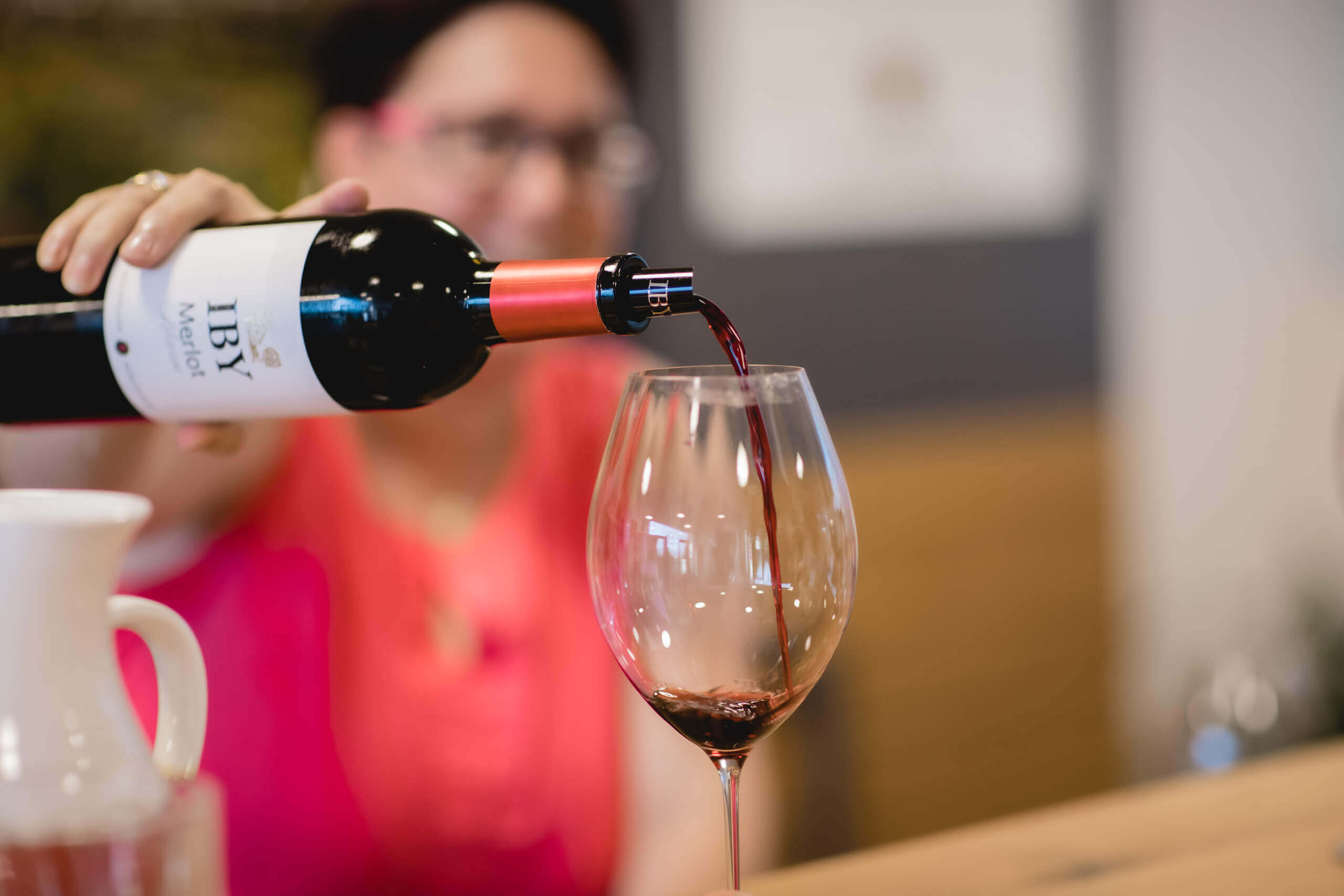
Anton III gets to work
Anton III gradually expanded the acreage to 5.5 hectares until the 1970s. In the 1960s he began bottling and marketing his red wine on a small scale. With his wife Maria he had four children, two sons and two daughters.
Today’s “senior” – Anton IV (born 1955) vinified red wine for the first time in 1983 together with his wife Johanna on a vineyard area of 1.25 hectares.
Moving 80s
In 1986 a Blaufränkisch was matured in barriques for the first time and three years later (1989) the Bgld. State winner with the 1987 vintage. In 1992, this Blaufränkisch received its brand name “Chevalier”. The area under vines has now grown to a good 14 hectares. In 1993 the first construction phase of the winery-NEU was successfully completed and in 1995 the second.
Son Anton V (born 1975) finished the viticulture school in Klosterneuburg in 1994 and, after spending time abroad in Priorato (Spain) and Nappa Valley (California), joined his parents’ winery in 1996 as an oenologist and cellar master.
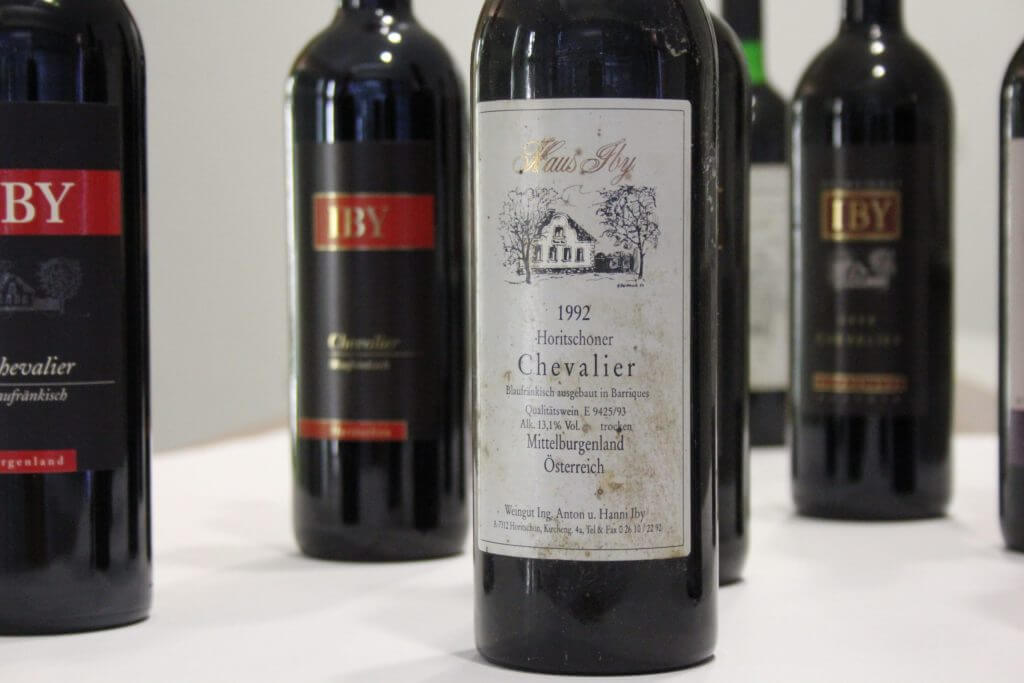
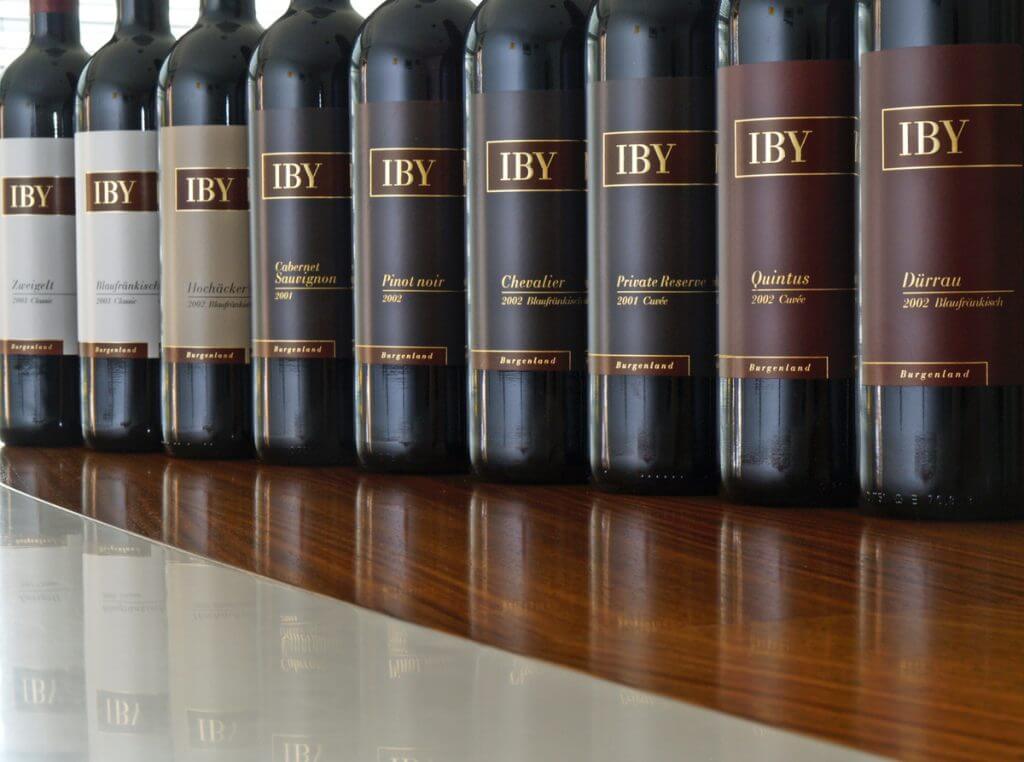
After completion of the 2-year second construction phase, the modern and technically mature cellar with press house and the tasting room were inaugurated in 2000. The area under vines also continued to grow: to 20 hectares. Now was the right time for the IBY family to establish close ties with the most important trading partners.
Blaufränkisch to the top
In 2000, IBY Anton V presented his debut work: a Blaufränkisch dominant cuvée called “Quintus”. As a Blaufränkisch pioneer, Anton V develops a top-class Blaufränkisch – Blaufränkisch Juwel. The almost 60-year-old deep Dürrau site is uniquely suited for this. Thus, for the second time since 1993, in 2000, the Blaufränkisch Dürrau is bottled selectively. That was the hour of birth for the international image of this unrecognized grape variety.
1774 hectares of Blaufränkisch in Central Burgenland (as of 2009) have the largest Blaufränkisch area of all wine-growing regions. A statement by Anton Iby from Horitschon is indicative of the change in mentality at that time: “Towards the end of the 1990s I came to the conclusion that the pure Blaufränkisch must be even better than the Cabernet Sauvignon, which was so popular at the time, if we looked around Our local variety is just as important as the Cabernet.” As a consequence of this consideration, in 2004 Iby hoed out all the Cabernet Sauvignon, Pinot Noir and Syrah vines on his soil and planted Blaufränkisch vines in their place.
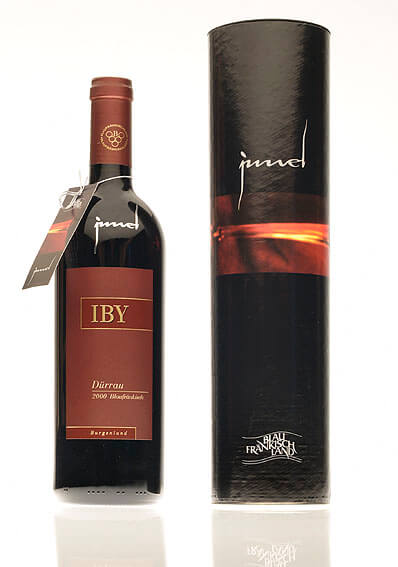
The Blaufränkisch-Juwel project was launched in Mittelburgenland with the 2000 vintage. For the first time, Blaufränkisch was given the highest potential in the winery by the producers. Even if too much wood and roasting were initially involved, this action by the Mittelburgenland winegrowers is tantamount to an initial spark that initiated a broad-based change in awareness – away from cuvées and toward single-varietal Blaufränkisch. (Text: Johann Werfring, Wiener Zeitung)
In 2001, the Wine Academy in Rust awarded Anton V the “Diploma in Wines and Spirits” for graduation as a wine academic.

The new millennium
Due to his decades of experience, IBY Anton IV is considered the “doyen and lobbyist” of Burgenland’s red wine winemakers. In his function as chairman of the VBM – Verband Blaufränkisch Mittelburgenland – he introduced the DAC Mittelburgenland, the first DAC of Burgenland, in 2005. His wife Hanni works more in the background, because her purpose in life is the vineyards. She dedicates her extraordinary knowledge and commitment to the most important basis of a winery, namely the vines.
The turnover grows continuously, as does the vineyard area – it now amounts to 30 hectares and the main customers for the award-winning IBY wines are the gastronomy in Austria and abroad. The family itself also grows:
In 2003 Anton V meets his Eva. Her communication talent is used in the company for organization and marketing. The two are married and proud parents of four children.
Organic changeover
In 2008, not only were the bottle warehouse, machine hall and energy center built, but an official application for organic farming was submitted.
The farm now cultivates 40 hectares.
Since 2011, the IBY Red Winery has been certified by the control body BIOS.
Thus, the IBY Red Winery is considered an organic winery.
… and of course one of the two IBY boys is again named Anton ….der VI. So that the history continues with tradition…
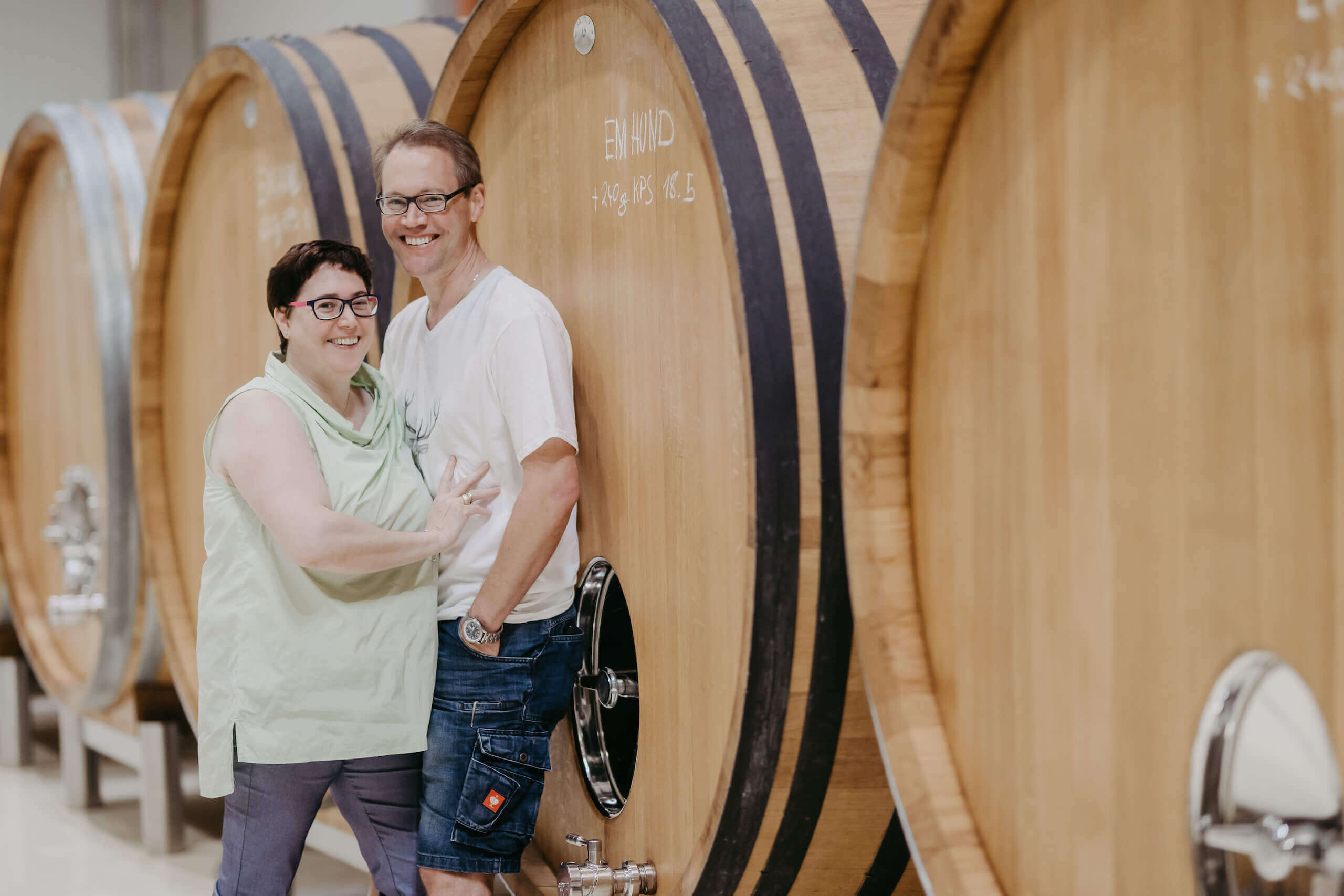
Business handover
In 2017 Anton V and Eva Maria take over the business from the parents.
This makes the wine line even clearer and more concise. Since then, the two have focused on developing their own style, which avoids wine embellishments of any kind and instead reflects the characteristics of the grape variety, the soil and the climate in an unadulterated way.
Therefore, the return to the large wooden barrel is inevitable. The result is fruity, supple, elegant and extremely finesse-rich red wines that delight from the start.
New design
According to the wine style, a new label design is developed and thus also the logo is redesigned. The well-tried “IBY bar” must give way. In 2018, the new IBY design will be presented to the public at the Red Wine Autumn.
The font and the house remain. The background is white so that the 3 letters are clearly recognizable. Horitschon and Burgenland form the foundation. The oak leaf in the middle stands for Horitschon, because according to old tradition Horitschon means “the people of the oak forest”. Where Blaufränkisch grows today, oaks once stood.
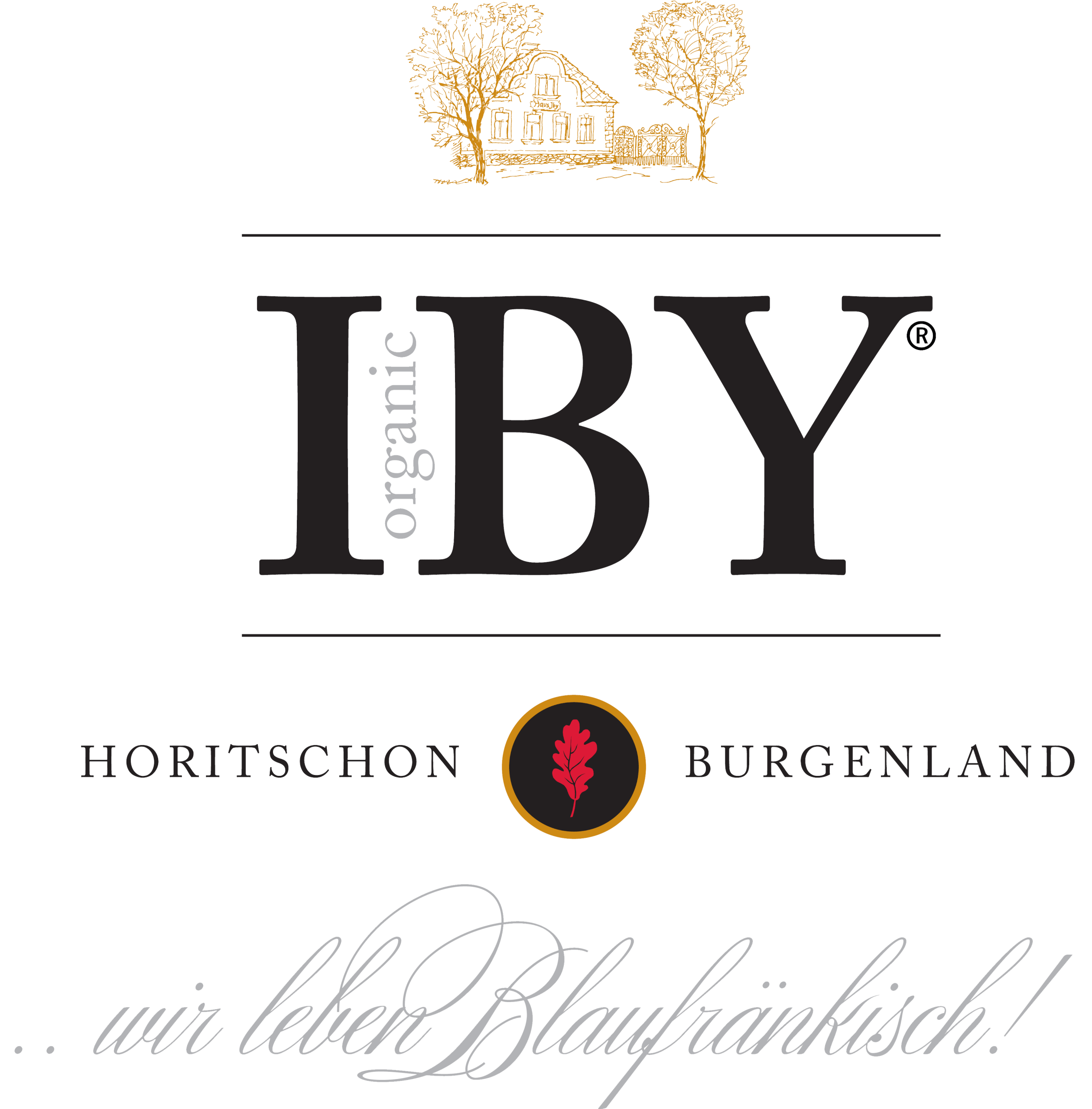
New press house
A new press house with modern grape transfer and a barrel ripening room with 2 temperature zones is being built to process and vinify the grapes even more gently. The young wine requires higher temperatures for acid degradation, whereas the more mature wine feels more comfortable at cooler temperatures. The important thing here is that the precise fruit and fresh vibrancy are retained in the wines. This is how wines for eternity can be created….
